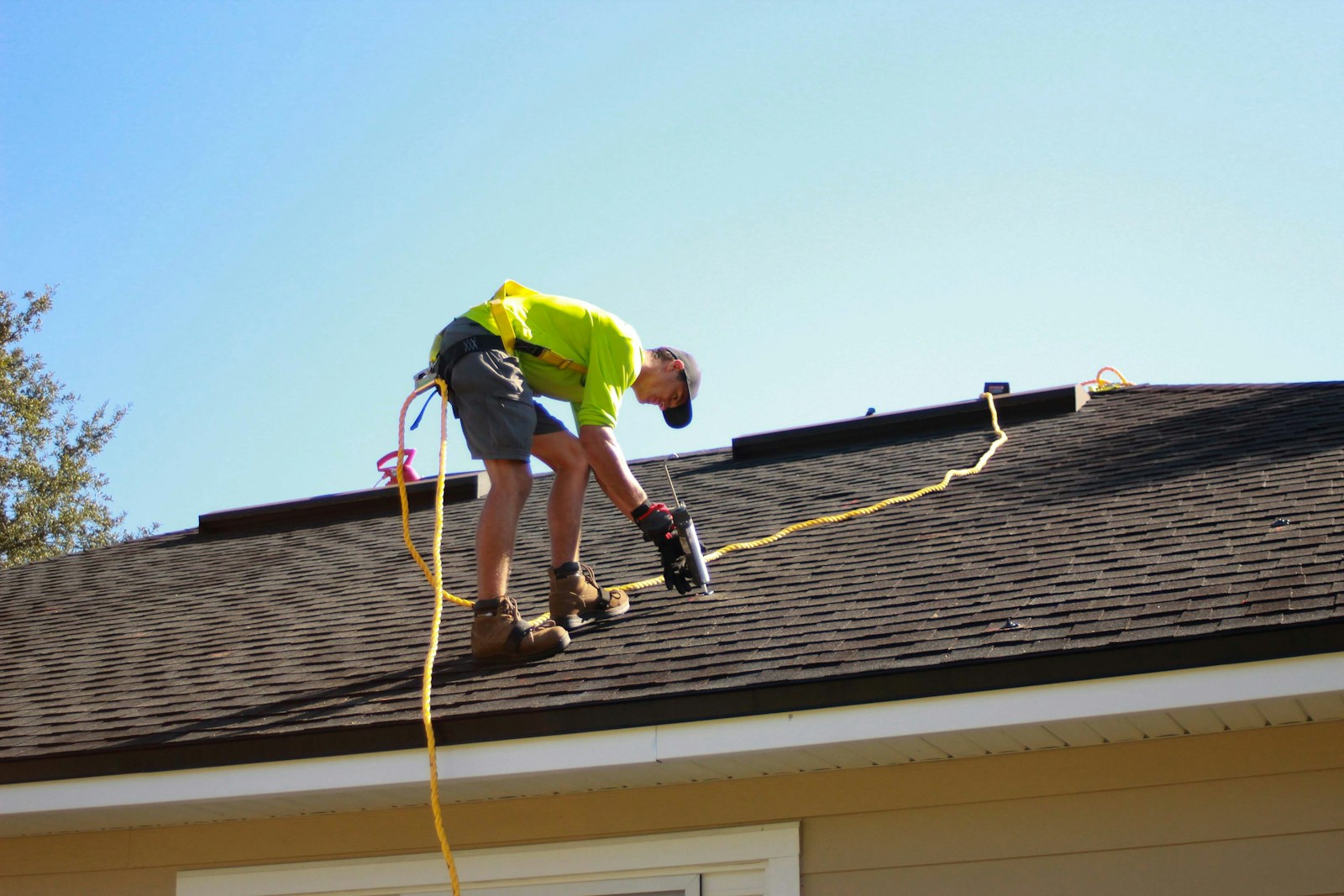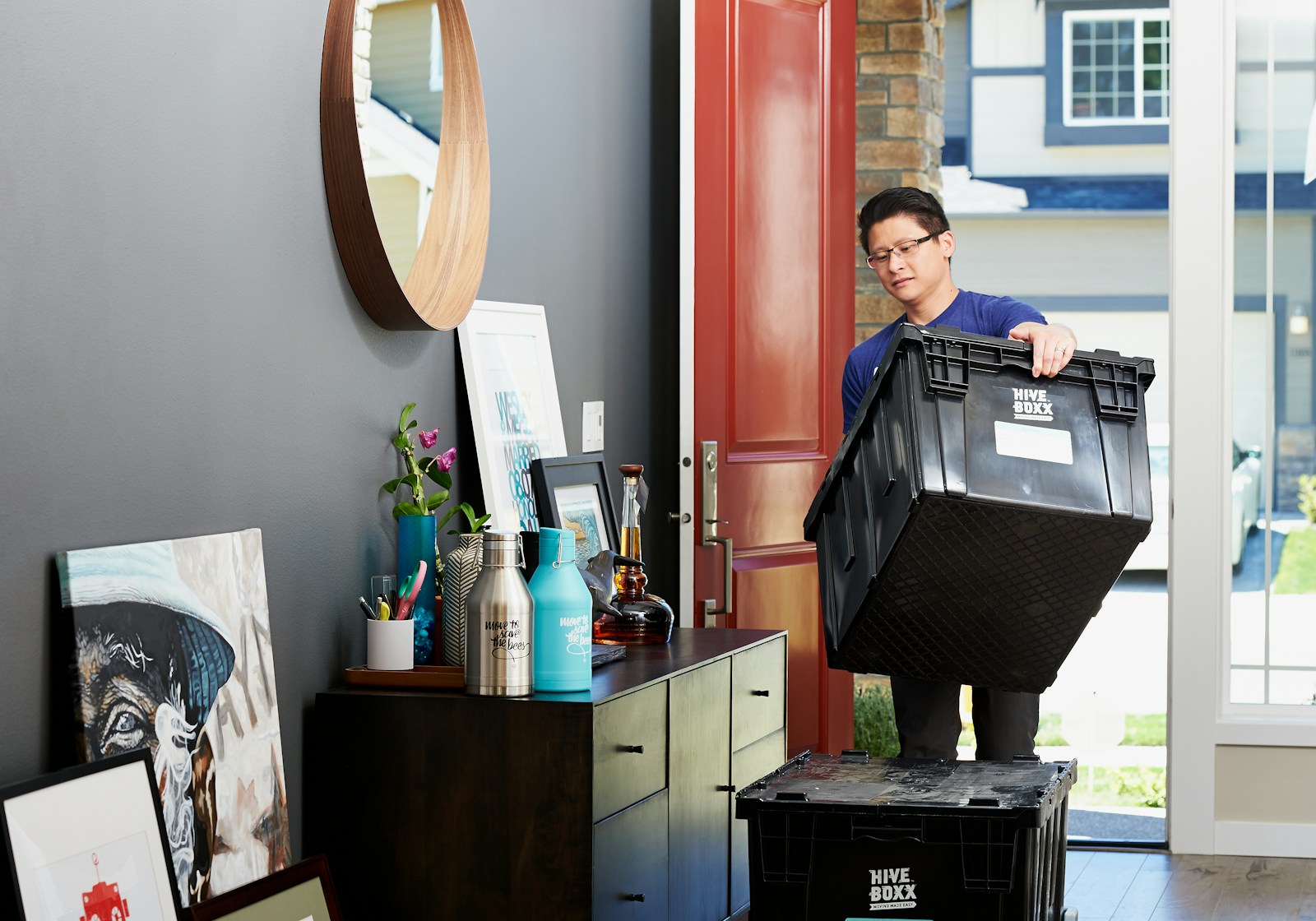A roof is one of the most essential components of any home, providing shelter, safety, and protection from the elements. Keeping your roof in good condition not only ensures the longevity of the structure but also helps prevent costly repairs in the future. Regular maintenance and care are critical for extending the lifespan of your roof and ensuring its functionality. Here’s a comprehensive guide on how to keep your roof in good shape. You can also discuss this in person with a qualified roof contractor near Delta Ohio.
1. Conduct Regular Inspections
One of the most effective ways to maintain your roof is to conduct regular inspections. Ideally, you should inspect your roof twice a year—once in the spring and once in the fall. These inspections help you identify potential problems before they turn into significant issues.
During the inspection, look for:
- Missing or damaged shingles: Wind, rain, and snow can cause shingles to become loose or damaged. If you find any missing shingles, replace them immediately to prevent leaks.
- Debris accumulation: Leaves, twigs, and other debris can accumulate on your roof, especially in gutters and valleys. This debris can block water flow and lead to mold and mildew growth, so it’s important to clear it regularly.
- Cracked flashing: Flashing around chimneys, skylights, and vents can deteriorate over time. Cracked or missing flashing allows water to seep under the roof, causing leaks.
- Sagging rooflines: If your roof appears to be sagging, this may indicate structural issues such as water damage or weakened roof support beams. A sagging roof requires immediate professional attention.
2. Clean and Clear Gutters Regularly
Your gutters play a crucial role in directing rainwater away from your roof and home. When gutters are clogged with leaves, twigs, or other debris, water can back up and overflow, leading to roof damage, leaks, or even foundation problems.
To keep your roof in good shape, make sure to:
- Clean your gutters: Clean your gutters at least twice a year, preferably in the fall and spring, to remove debris. If you live in an area with many trees, more frequent cleaning may be necessary.
- Check downspouts: Ensure that downspouts are free of blockages and direct water away from the foundation of your home. This helps prevent water damage and protects both your roof and the structure of your home.
3. Trim Overhanging Tree Branches
Overhanging branches can pose a significant risk to your roof, especially during storms. Heavy branches can fall and damage shingles, while smaller branches can scrape against the roof surface, causing wear and tear over time.
To protect your roof, consider:
- Trimming tree branches: Trim back any branches that are too close to the roof, particularly those that could cause damage during high winds or storms.
- Remove dead trees: If you have dead trees near your home, consider removing them to prevent the risk of them falling on your roof.
4. Maintain Proper Ventilation
Roof ventilation is an essential aspect of roof health. Without proper ventilation, heat and moisture can build up in your attic, leading to mold growth, increased energy costs, and potential roof deterioration.
To maintain good ventilation:
- Check attic ventilation: Ensure that your attic has proper airflow. This can be achieved by having both intake vents (at the eaves) and exhaust vents (near the roof peak) to allow air to circulate effectively.
- Install ridge vents: Ridge vents are an excellent way to improve ventilation and prevent the buildup of heat and moisture in the attic.
5. Repair Leaks and Damage Promptly
If you notice a leak or any sign of water damage in your home, it’s crucial to address it immediately. Delaying repairs can lead to more severe damage, including structural issues, mold growth, and increased repair costs.
- Inspect interior ceilings and walls: Check for signs of leaks, such as water stains or discoloration on ceilings and walls. If you detect any, it’s important to investigate the roof immediately.
- Hire a professional: If you are unable to pinpoint the cause of the leak or if the damage seems extensive, consider hiring a professional roofer to assess the situation and provide repairs.
6. Consider Roof Coatings
Roof coatings are a great way to protect your roof from harsh weather conditions and extend its lifespan. These coatings can provide an extra layer of protection against UV rays, rain, and wind.
- Apply a protective coating: Many types of roof coatings are available, such as elastomeric coatings, which provide a waterproof seal and can help prevent leaks.
- Consult a professional: If you are unsure whether your roof would benefit from a coating, consider consulting a professional roofer to assess your roof’s condition and recommend the best option.
7. Invest in Regular Professional Maintenance
While regular DIY inspections and cleaning are important, it’s also beneficial to have a professional roofer inspect your roof every few years. A roofer can identify problems that may not be visible to the untrained eye and offer expert solutions.
Professional maintenance may include:
- Detailed roof inspection: A roofer can conduct a thorough inspection of your roof’s structure, materials, and ventilation system.
- Minor repairs: If minor issues are detected during the inspection, a professional roofer can make necessary repairs to prevent further damage.
- Roof replacement recommendations: If your roof is nearing the end of its lifespan, a roofer can provide guidance on whether it needs to be replaced.
Your roof plays an essential role in protecting your home and ensuring the comfort of its occupants. Keeping your roof in good shape requires regular inspections, cleaning, and maintenance to prevent problems before they escalate. By staying proactive with roof care—whether through cleaning gutters, trimming trees, maintaining ventilation, or addressing leaks promptly—you can extend the life of your roof and save yourself from costly repairs down the road. Remember, when in doubt, it’s always best to consult a professional roofer for expert advice and assistance.



